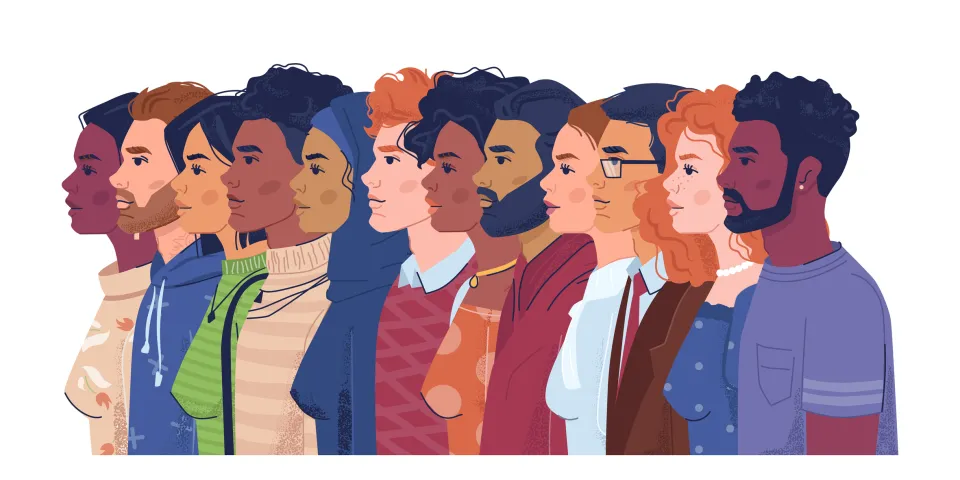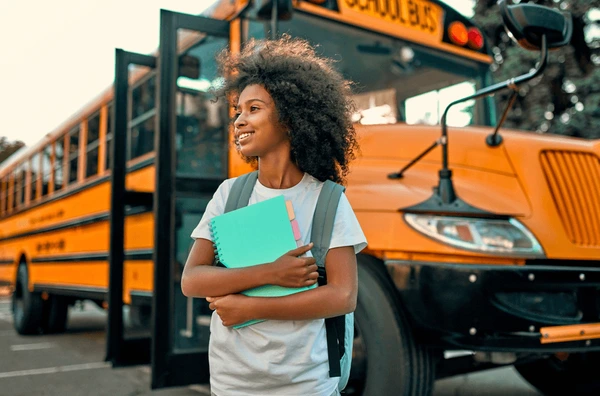Cultural competence in education goes beyond simply recognizing diversity—it involves actively integrating inclusive practices into teaching methods, curriculum design, and classroom interactions. This article explores the importance of cultural competence, effective teaching strategies, challenges, and best practices for fostering diversity and inclusion in the classroom.
What is Cultural Competence?

Cultural competence is the ability to understand, appreciate, and effectively interact with people from diverse cultural backgrounds. It includes self-awareness, knowledge, and skills that enable teachers and students to respect and celebrate differences.
Key Components of Cultural Competence
- Awareness – Recognizing one’s own cultural biases and perspectives.
- Knowledge – Understanding different cultural customs, traditions, and histories.
- Skills – Communicating and interacting effectively across cultures.
- Attitude – Valuing diversity and being open to learning about other perspectives.
When teachers develop cultural competence, they create an inclusive environment where all students feel seen, heard, and respected.
Why is Cultural Competence Important in Education?
Cultural competence benefits both educators and students by fostering respect, reducing discrimination, and preparing students for a multicultural world.
1. Promotes Equity and Inclusion
- Helps address systemic biases and ensures that students from all backgrounds receive equal opportunities.
- Creates a safe learning space where students feel comfortable expressing their identities.
2. Improves Academic Performance
- Inclusive classrooms help students feel more engaged and motivated to learn.
- Studies show that culturally responsive teaching improves student participation and achievement.
3. Prepares Students for a Global Society
- In an increasingly globalized world, students need intercultural communication skills to work with diverse teams.
- Fosters empathy, critical thinking, and adaptability, essential for future careers.
4. Reduces Bullying and Discrimination
- Teaching about diverse cultures and perspectives promotes acceptance.
- Encourages open dialogue to address stereotypes and misconceptions.
Strategies for Teaching Cultural Competence in the Classroom
Building an inclusive classroom requires intentional effort. Here are effective strategies educators can implement:
Culturally Responsive Teaching
Culturally responsive teaching (CRT) involves integrating students’ cultural backgrounds into lesson plans and teaching methods.
📌 How to Apply CRT:
- Incorporate diverse literature, history, and perspectives in the curriculum.
- Use real-world examples that reflect different cultural experiences.
- Encourage students to share personal stories and traditions to enrich classroom discussions.
📖 Example: Instead of teaching history solely from a Western perspective, include Indigenous, African, Asian, and Latin American narratives.
Inclusive Curriculum Design
Develop a curriculum that represents diverse cultures, experiences, and voices.
📌 Ways to Make Your Curriculum Inclusive:
- Use multicultural books and resources.
- Teach about civil rights movements from different parts of the world.
- Highlight achievements of diverse figures in science, literature, and the arts.
- Offer multiple perspectives on historical events.
📖 Example: In an English class, explore poetry from Langston Hughes, Maya Angelou, Pablo Neruda, and Rupi Kaur to showcase diverse cultural perspectives.
Encourage Open Discussions on Diversity
Create opportunities for students to talk about race, gender, identity, and culture in a safe and respectful way.
📌 How to Foster Constructive Dialogue:
- Set ground rules for respectful conversations.
- Use open-ended questions to encourage student participation.
- Address stereotypes and biases openly and sensitively.
📖 Example: Hold a classroom discussion on implicit bias and cultural identity, allowing students to share their experiences.
Representation in Classroom Materials
Ensure that classroom visuals, posters, and learning materials reflect the diversity of the student body.
📌 Ways to Improve Representation:
- Display multicultural artwork, maps, and images.
- Use diverse names in math word problems and language exercises.
- Showcase role models from various backgrounds.
📖 Example: Instead of only using Western folktales, introduce traditional stories from China, Nigeria, Peru, and India.
Promote Multilingualism and Language Inclusion
Celebrate and support bilingual and multilingual students.
📌 How to Encourage Language Diversity:
- Label classroom items in multiple languages.
- Encourage students to teach common phrases from their native languages.
- Provide translation tools for English learners.
📖 Example: Create a “Language of the Month” program where students introduce greetings and cultural facts about a different language each month.
Teach Empathy and Active Listening
Help students understand different perspectives through role-playing, storytelling, and group activities.
📌 Activities to Develop Empathy:
- Use “A Day in the Life” exercises where students imagine life from someone else’s perspective.
- Encourage peer interviews where students learn about each other’s cultures.
- Show films and documentaries that highlight diverse narratives.
📖 Example: Have students write letters to pen pals from different countries to learn about their lifestyles and traditions.
Celebrate Cultural Awareness Days
Organize classroom events that highlight different cultures and traditions.
📌 Ways to Celebrate Diversity:
- Host cultural exchange days where students share food, music, and traditions.
- Recognize heritage months (e.g., Black History Month, Hispanic Heritage Month).
- Invite guest speakers from different backgrounds to share their experiences.
📖 Example: Celebrate World Culture Day with presentations, performances, and interactive learning stations.
Challenges in Teaching Cultural Competence and How to Overcome Them
1. Addressing Bias and Stereotypes
💡 Solution: Provide professional development for teachers on unconscious bias and anti-racism training.
2. Resistance from Parents or Administrators
💡 Emphasize that cultural competence enhances learning, improves student engagement, and prepares students for a diverse world.
3. Limited Resources
💡 Solution: Utilize free online resources, community partnerships, and student-led initiatives to promote inclusion.
4. Fear of Saying the Wrong Thing
💡 Solution: Normalize learning from mistakes and create a safe space for honest conversations.
Best Practices for Culturally Competent Teaching
- Lead by Example – Model inclusivity and respect in all interactions.
- Encourage Student Voices – Let students share their experiences and perspectives.
- Incorporate Real-World Issues – Discuss current events related to diversity and inclusion.
- Create Safe Spaces – Ensure students feel heard, valued, and respected.
- Continuously Learn and Improve – Stay informed about cultural issues and update teaching methods accordingly.
Conclusion
Cultural competence is essential for creating inclusive, equitable, and enriching learning environments.


